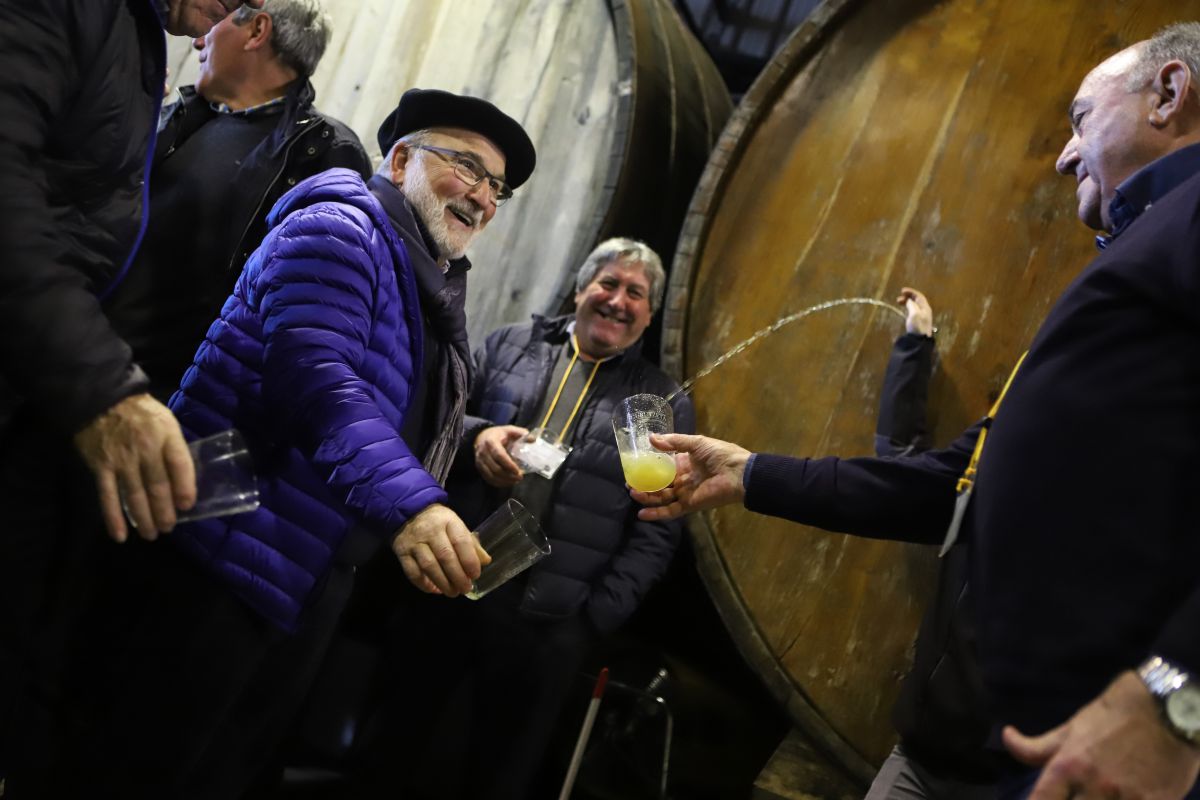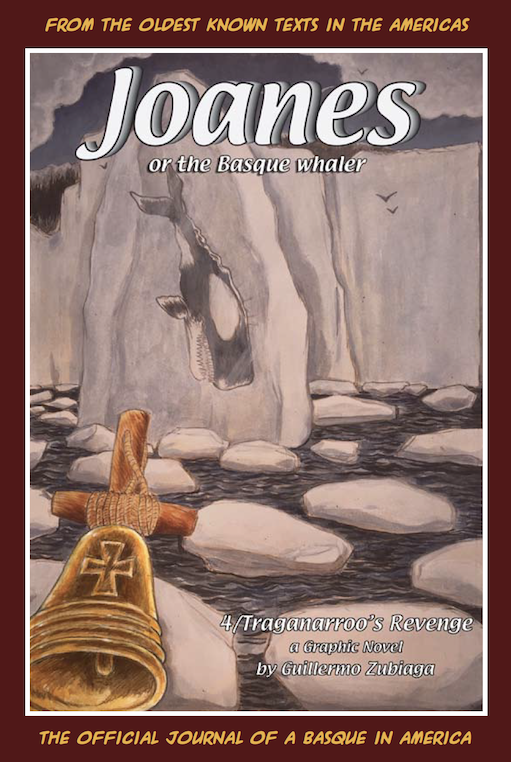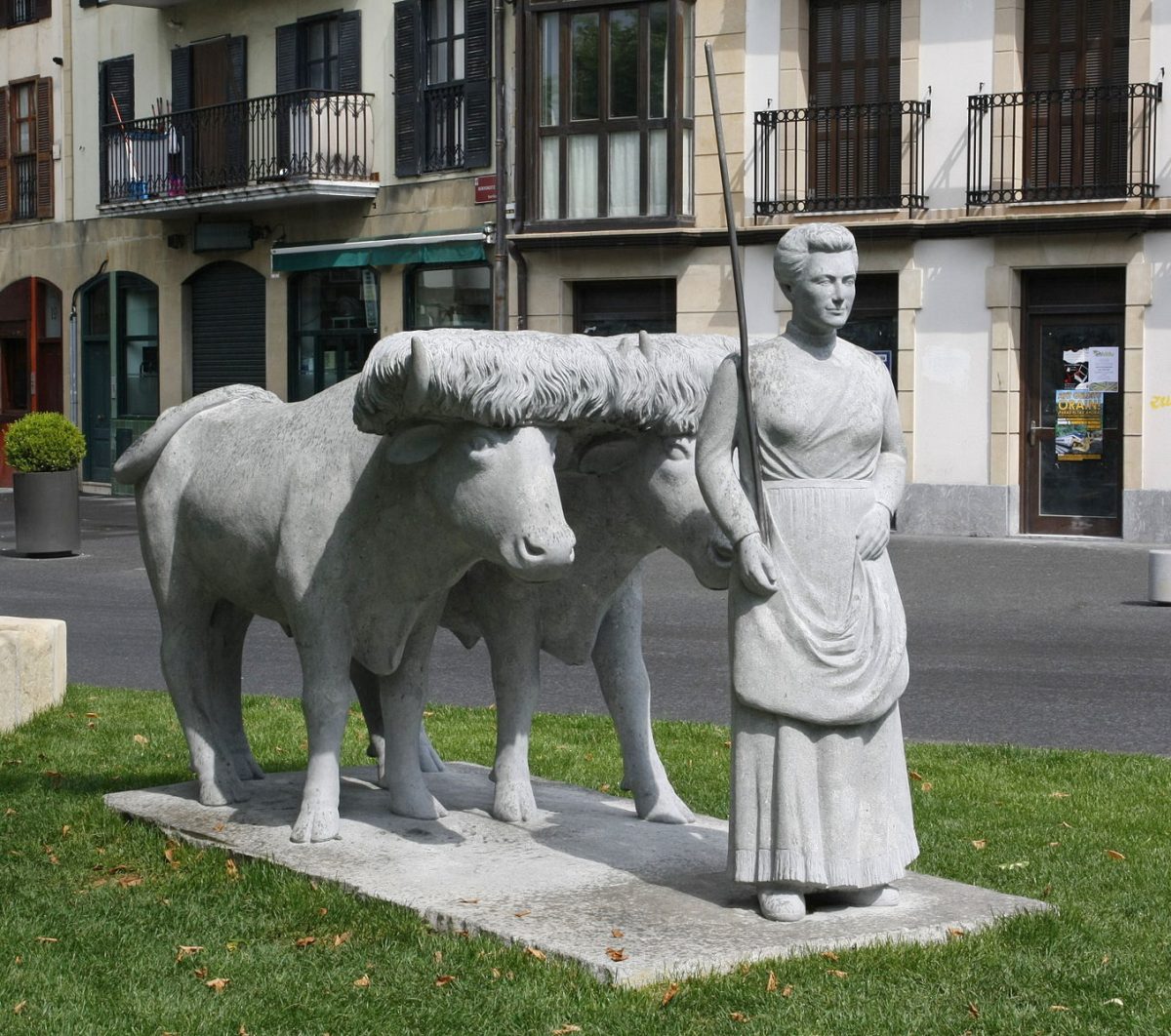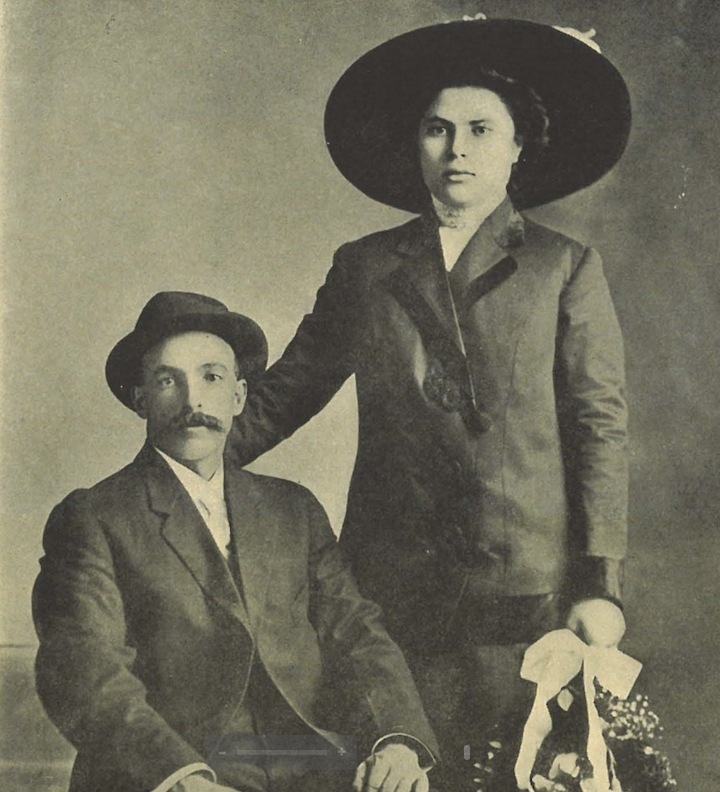Kepa and Maite made their way through the growing crowd. “Want something to drink?” he asked Maite.
“Sure, a kalimotxo would be nice,” she responded.
They weaved left and right around people, avoiding knocking into anyone else’s drink, toward one of the booths lining the edge of the plaza. After a short wait, a young woman with short and dark curly hair turned to them. “Zer nahi duzue?” she asked.
“Bi kalimotxo, mesedez,” replied Kepa.
Buber’s Basque Story is a weekly serial. While it is a work of fiction, it has elements from both my own experiences and stories I’ve heard from various people. The characters, while in some cases inspired by real people, aren’t directly modeled on anyone in particular. I expect there will be inconsistencies and factual errors. I don’t know where it is going, and I’ll probably forget where it’s been. Why am I doing this? To give me an excuse and a deadline for some creative writing and because I thought people might enjoy it. Gozatu!
Exchanging a few euros for the two drinks, he passed one to Maite. As he turned toward the stage and took his first drink, he heard his name over the noise of the crowd. “Maite! Kepa! There you are!”
Itxaso suddenly appeared from the crowd, almost like the crowd parted to reveal her. She had pulled her long brown hair up into a ponytail and she was wearing a brand new Tximistak Ta Trumoiak t-shirt that featured the four band mates frozen in the middle of a performance on the front. Right behind her was Xanti, who towered over her, his natural smile radiating a level of natural confidence Kepa had never felt himself.
“That’s different!” said Kepa, raising his cup toward the direction of Xanti’s head.
Xanti rubbed his head across his bald scalp. “Yeah, I decided to shave it all off. This is so much cooler in the summer. You should try it.”
“No way, mutil! My aita was bald before he was forty. I’m keeping these curls for as long as I can.”
Xanti laughed. “Good to see you both!” he said, giving Kepa and then Maite a hug.
“You guys ready for the show?” asked Itxaso, almost jumping out of her skin in excitement.
“Let’s see if we can squeeze a little closer,” replied Maite as they heard Koldo over the speakers.
“Probak, bat, bi, hiru.”
“They are about to start,” yelled Maite as she grabbed Kepa’s free hand and, following Itxaso and Xanti, pulled him through the crowd. They got to the front just as Koldo began announcing his band mates.










